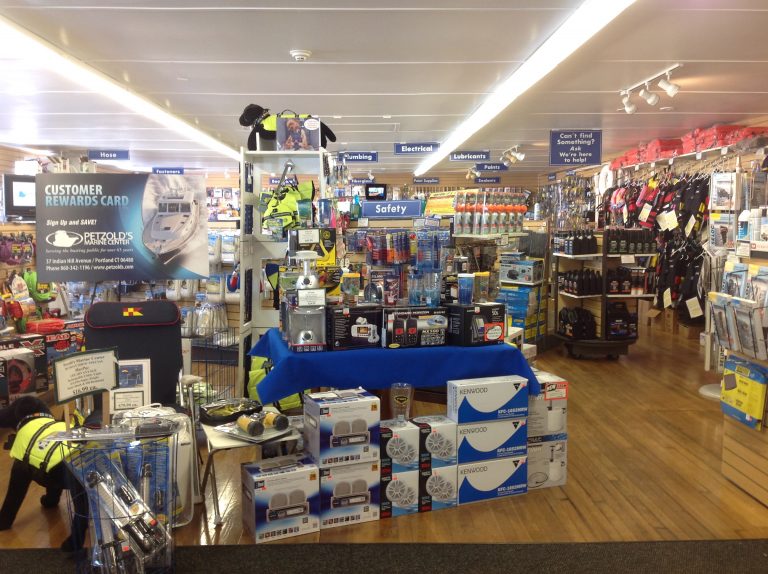5 Marine Supplies to Outfit Your New Boat

When purchasing your first boat, the boat itself is not all that you’ll need to have a safe and fun time on the water. There are several other marine supplies to outfit your new craft with. Complete your boat with these five supplies.
1. Life Preservers
First and foremost, everyone who goes on the boat should have a life preserver. This doesn’t only mean you need a life jacket for everyone on the boat, but the life jackets themselves need to be properly sized. A child requires a different size than an adult, and even among adults, there are quite a few different sizes.
Some friends who you invite onto your boat may have their own life preservers, but not all will. To make sure one is available for everyone who boards, you should consider getting several extra ones in different sizes. With an array of life jackets to choose from, you’ll be able to bring friends regardless of their size and without a last-minute run to the store for another preserver.
2. Other Safety Equipment
The United States Coast Guard has several other safety equipment requirements for recreational boats. Exactly what equipment a boat should have depends on the size of the boat and how it’s powered. Most boats, though, need the following:
- One or more fire extinguishers
- Flares or other visual signaling devices
- A horn, whistle, bell, or other sound-producing device
- Navigational lights and anchoring lights
If you’re unfamiliar with how to use any of these items, a boater safety course will cover each one.
3. Marine Radio
A marine radio is an important piece of safety equipment even though the Coast Guard doesn’t require all boats to have it.
Unless you’re only going on small rivers and lakes, your boat may venture into areas where there isn’t cell phone service. Should something happen while you’re out of cell range, a marine radio ensures that you can get in touch with the Coast Guard or other authorities that can provide assistance.
Even if you plan on remaining close to shore and within cell range, a radio is still helpful if you’re on a large lake or the ocean. If you make a navigational mistake or are blown off-course by a sudden storm, you may end up in an area where you didn’t intend to be — and it may be a place that’s far from shore and outside cell range.
4. Depth Finder
Fourth, a depth finder is useful when you’re exploring unfamiliar waters and close to shore. This tool measures the depth of the water directly beneath your boat, telling you whether you’re in safe water or close to running aground.
While charts can also help you estimate water depth, charts don’t provide real-time measurements like a depth finder does. Ocean water levels change with the tide, season, and year. A depth finder will make sure you have accurate data on how much water there is beneath your craft.
As an added bonus, many depth finders also show fish that are below the boat. Knowing how deep fish are swimming has obvious benefits for anglers, and it also gives kids something to watch while boating.
5. Charts
Finally, even though charts don’t provide as up-to-the-minute data as depth finders do, you still need charts for wherever you plan on boating. Charts are the equivalent of roadmaps for boats, showing you general depths, lighthouses, buoys, and land masses. They’re essential when plotting out boating trips, and you’ll need them when identifying where you are on the water.
When you’re purchasing a new boat, let the experienced mariners at Petzold’s Marine Center help you outfit the craft with all the essential marine supplies.
